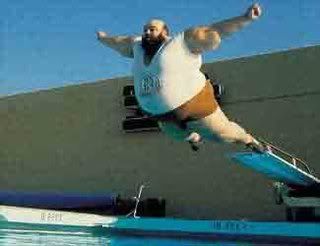I never really thought much about how time and space worked in comics, this chapter was thorough in explanation! McCloud explains how time is depicted through using the panels, the shape/size of the panels, sound, and motion lines. Time within comics is taken for granted, and excellently executed. All the different techniques create a unified sense of action and movement. The comparisons made between Western and Japanese artists are interesting to see. The distinction between the two styles is becoming more apparent to me, both are equally effective and of great quality for readers. It is also evident within the world of animation. Western and Japanese animations develop and evolve as they take bits and pieces of ideas from each other, yet the styles remain distinct.


[Images taken from GoogleImages- here to the distinction of styles between Japanese and Western animation]
Kimba the White Lion which aired in Japan during the 1960s and was the first colour tv animation series. It represented the manga style, with the characters often drawn with large over-sized eyes. The theme and concept of this series is very similar and followed by Lion King which was produced by Disney in 1994. Obvious concepts are assumed to be directly derived from Kimba the White Lion but the Lion King (Simba and co.) are drawn and created with Western style animation. As McCloud concludes, "..no matter how bizarre the workings of time in comics is--the face it represents to the reader-- is one of simple normality. Or the illusion of it anyways." Sums the whole topic up nicely =)



